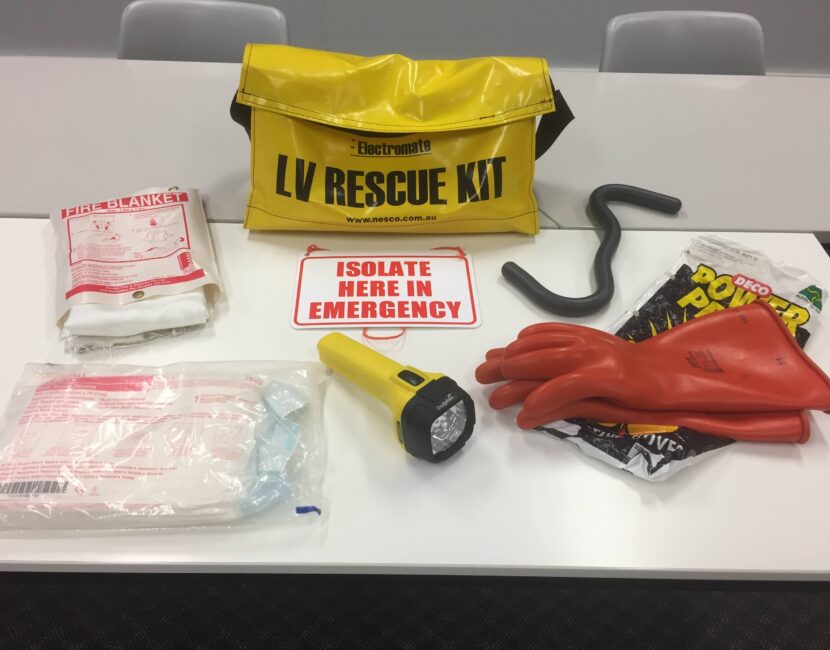Introduction
In today's fast-paced workplace, guaranteeing the safety and security and health of your labor force is critical. One element that frequently obtains ignored is hands-on handling, which refers to the procedure of training, bring, pushing, or drawing items. In this write-up, we will certainly discover effective hands-on handling techniques that can help keep your labor force secure and healthy and balanced. We will certainly also review the importance of emergency lvr cpr course treatment training, including CPR training and mental health emergency treatment, and exactly how these components add to a more secure work environment.
Manual Handling Strategies: Maintaining Your Workforce Safe and Healthy
Manual handling strategies are important for stopping injuries in the work environment. Improper training techniques can result in bone and joint conditions (MSDs), which make up a significant variety of office injuries. To effectively alleviate threats connected with hand-operated handling, companies have to apply training programs that highlight proper techniques.
Understanding Guidebook Managing Risks
Before diving into particular strategies, it's critical cpr and lvr to acknowledge the risks involved in hand-operated handling jobs. According to research study, bad lifting techniques can lead to:
- Back pain Muscle strains Joint injuries Chronic problems influencing mobility
Recognizing these threats enables employers and staff members alike to prioritize safety.
The Relevance of Training
Training plays a vital function in decreasing manual handling-related injuries. It's not practically understanding just how to raise appropriately; it's likewise regarding recognizing body auto mechanics and functional designs. A detailed manual handling training program must cover:
- Proper training techniques Risk analysis skills Use of equipment like trolleys or forklifts
Additionally, incorporating first aid courses into work environment training makes certain that everybody understands just how to respond properly in situation of an injury.
Basic Raising Techniques
Here are some foundational strategies that every person need to grasp:
1. Assess the Load
- Before lifting anything, constantly assess its weight and shape. If it seems as well hefty or awkwardly shaped, look for support or usage mechanical aids.
2. Positioning
- Stand close to the object. Place your feet shoulder-width apart for balance. Bend your knees while maintaining your back straight.
3. Grip
- Ensure a firm hold on the object. Use both hands when possible.
4. Lifting
- Lift with your legs rather than your back. Keep the item near your body as you stand up.
5. Carrying
- Maintain a steady posture while walking. Avoid turning your body; instead, transform your whole body by relocating your feet.
6. Setting Down
- Lower the item by bending at the knees again. Ensure that you position it down carefully without going down it.
Using Devices for Hand-operated Handling
Investing in tools created for manual handling can considerably minimize injury risk. Right here's a listing of generally utilized devices:
|Equipment Type|Purpose|| ----------------|--------------------------------------|| Trolleys|For transporting hefty things|| Raises|For lifting individuals or heavy objects|| Pallet Jacks|For relocating palletized loads|
Incorporating First Aid Training
While decreasing risks via proper manual handling is crucial, being planned for emergencies is just as crucial. This is where emergency treatment training enters play.
Types of Emergency treatment Courses Available
General Work environment First Aid
- Covers fundamental emergency treatment abilities needed in numerous work environments.
CPR Training
- Teaches lifesaving cardiopulmonary resuscitation methods vital throughout cardiac emergencies.
Corporate First Aid Training
- Tailored programs specifically developed for corporate settings concentrating on usual workplace injuries.
Mental Health and wellness First Aid
- Provides abilities to aid colleagues fighting with psychological health concerns-- a crucial part commonly neglected in traditional emergency treatment courses.
Childcare First Aid Course
- Focuses on replying to emergency situations including children-- excellent for those operating in educational setups or child care centers.
Online First Aid Course
- Offers versatility for employees to discover at their very own rate while still covering all needed content.
Creating a Society of Safety
To keep a setting conducive to safety and security, growing a culture where employees really feel empowered to speak up regarding hazards is essential.

1. Encourage Open Communication
Encourage workers to report unsafe conditions without anxiety of retribution; this fosters an open discussion regarding possible dangers connected with hands-on handling tasks.
2. Regular Training Sessions
Hold regular workshops on hands-on handling methods and refreshers on emergency treatment low voltage rescue training courses-- keeping abilities sharp ensures preparedness throughout emergencies.
3. Promote Psychological Well-being
Since mental health plays an essential function in general wellness, employers should promote mental health and wellness recognition alongside physical safety measures.
FAQs
Q1: What are the indicators that I require hand-operated handling training?
A1: If employees frequently lift heavy items or report pain after lifting tasks, it's time for comprehensive manual handling training sessions.
Q2: Just how typically must we perform emergency treatment training?
A2: Preferably, first aid training ought to occur yearly; nevertheless, even more constant sessions might be beneficial based upon office dangers or modifications in staff.
Q3: Can on the internet programs be as effective as classroom-based training?
A3: Yes! On-line programs have come to be significantly interactive and offer beneficial resources-- simply ensure they satisfy qualification requirements!
Q4: What kind of devices must our workplace invest in?
A4: Purchase carts, lifts, pallet jacks, and ergonomic furniture-- these devices aid lessen injury from inappropriate hands-on handling practices.
Conclusion
In verdict, understanding appropriate hand-operated handling techniques is vital for fostering a risk-free and healthy labor force setting. By prioritizing detailed training-- consisting of essential subjects like first aid courses-- you empower employees with knowledge vital for both avoidance and action during emergencies like crashes related to mishandled loads.

Remember: Safety and security isn't simply a policy; it's a society built via constant effort from every person within an organization!

By giving efficient manuals on these techniques while highlighting constant finding out through certifications such as mouth-to-mouth resuscitation or Mental Health Emergency Treatment Courses-- firms can produce workplaces where safety and security thrives!